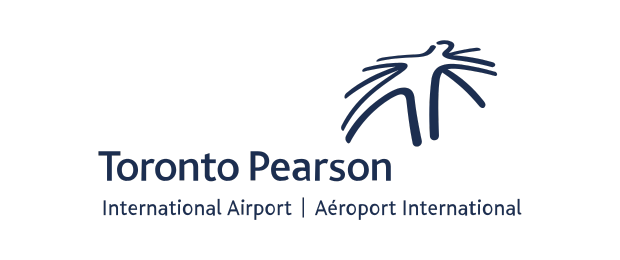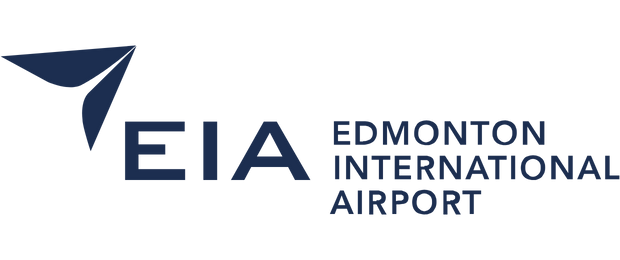Significantly increased understanding of the
capacity of the CDF
at all organizational levels.

How Toronto Pearson Airport managed to increase utilization of the largest deicing facility in the world.
Improved distribution of trucks per aircraft.
Toronto Pearson Airport (YYZ)
50.5 mill. passengers (2019)
181 destinations
Client overview: Toronto Pearson Airport (YYZ)
Toronto Pearson Airport is located in Ontario, Canada. It is the largest and busiest airport in Canada, handling 36.3 million passengers in 2022. As of 2019, it was the 20th-busiest international air passenger gateway in North America and the 29th-busiest airport in the world by passenger traffic. Toronto Pearson is the primary hub for Air Canada.
Toronto Pearson is operated by the Greater Toronto Airports Authority (GTAA) as part of Transport Canada’s National Airports System. The airport also maintains facilities for United States border preclearance.
An extensive network of non-stop domestic flights is operated from Toronto Pearson by several airlines to all major and many secondary cities across all provinces and territories of Canada. Since 2014, over 75 airlines operated around 1,250 daily departures from the airport to more than 180 destinations across five continents.

Introduction to the collaboration with Toronto Pearson Airport
Copenhagen Optimization conducted an optimization study with Toronto Pearson Airport. The focus of the study was on check-in and outbound baggage.
The study was intended to assure efficient use of the current infrastructure before adding additional capacity.
The Solution: Capacity study on deicing pads
The Greater Toronto Airport Authority (GTAA) engaged with Copenhagen Optimization to create a capacity assessment of the Central Deicing Facility (CDF) – the largest deicing facility in the world with room for deicing of 12 aircraft simultaneously.
The study included a thorough analysis of all assumptions applied in the capacity assessment, including deicing times under various weather conditions.
Several options for optimizing the deicing pad operation was identified through the study with the main initiative identified being an improved distribution of trucks per aircraft.
Outcome achieved
Valuable insights to the deicing pad operation in
different weather conditions.
Fact-based dialogue
with airlines established.
Customer cases

Digital Transformation Strategy: Taking Edmonton International Airport to the forefront of innovative airport solutions.

5-step best practice capacity planning methodology improves capacity planning at Stockholm Arlanda Airport.

Improving planning capabilities across 15 different operational areas.

Optimization of the check-in allocation process improves the passenger experience in Munich's Terminal 1.
